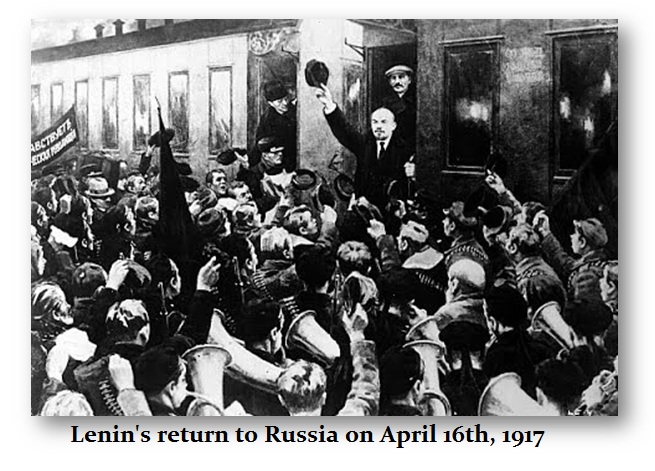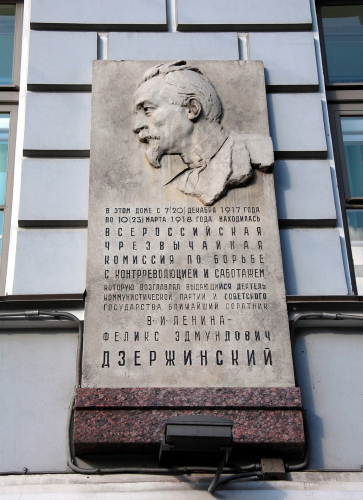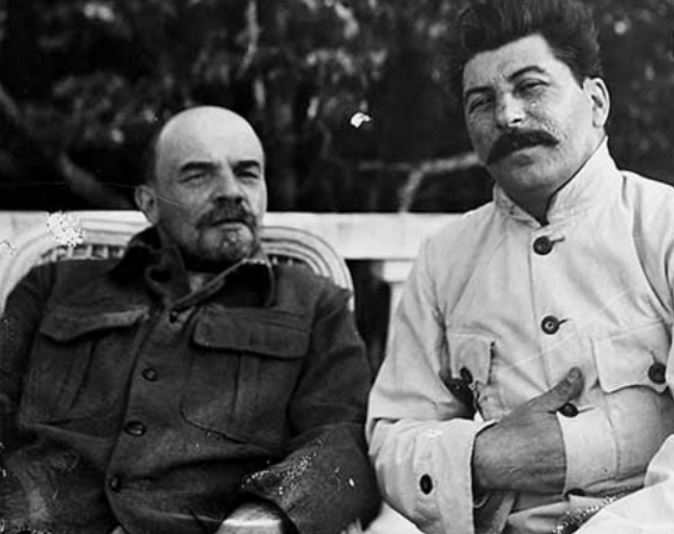Posted Apr 7, 2022 by Martin Armstrong
COMMENT: Hi,
I live in Finland/Helsinki. The Soviet Union attacked Finland in 1939, Stalin was one who arranged a false flag in Manila. A lot of Finnish soldiers and civilians died. But we survived. We Finnish people know Russians extremely well. It is a historical fact that Russians always arrange false flags and try to slave other nations and people. And that is happening just now in Ukraine. Putin attacked Ukraine and he is trying to slave Ukraine.
Best Regards from Finland
JT
REPLY: It is important to not judge a country by its leaders. There are always left and right in every country and no country enjoys 100% approval of its people. Just look at the United States. There are ONLY three presidents who won with 60% or more, FDR 1st term, Johnson following Kennedy’s assassination, and Richard Nixon who promised to end Vietnam. All others won with just a few points over 50%. In the 2008 Election of Obama v McCain score his victory with just 52.9%. Even Lenin warned not to put Stalin in charge.
It is wrong to judge Russia by Stalin and today the powers that be just hate the Russian people and attribute everything to Putin. It is essential to also understand that there is a left and a right in Russia that still prevails today and Putin is a moderate that if ignored by the West, will drive Russia into the hands of the extreme right.
We MUST understand history for there has always been a question of where Russia begins and ends and who constitutes the Russian people. These questions have been debated by Russian thinkers themselves for centuries post-Russian Revolution which ended more than 300 years of tsarist rule. Believe it or not, Putin is NOT trying to resurrect the Soviet Union for that was not even the vision of Lenin – but Stalin.

At first, Lenin was revered as the architect of the new Russia. He was the elder statesman of the Bolshevik revolution. Stalin, on the other hand, was what we would call a Neocon. He was the ambitious party leader with visions of absolute authoritarian control. The two clashed not only over their political vision for Russia but also on a very personal level hurling insults steeped in grudges. It was this battle that actually proved to be too much for Lenin resulting in his premature death.
The conflict between these two Russian leaders reached a climax in the last days of December 1922. This is when 2,000 delegates from all over the former Russian empire gathered together in Moscow to create a new state which would become the Union of Soviet Socialist Republics. The vision of this new state was starkly different between the two men. There were republics of Ukraine, Belarus, and Transcaucasia, which were formally independent of Russia. When Georgy Chicherin, the Soviet Russian commissar for foreign relations, signed the treaty with Germany where each surrendered their claims against the other for war reparations in July 1918, there was a problem of unity. Ukraine and Belarus were independent before 1919 but were then overrun by the Bolsheviks in 1919. They had objected to forgiving Germany.
Ukraine and Belarus took the position that the Russian authorities had no right to speak on behalf of Ukrainian and Belarus. In Georgia, there too they objected insisting that their rights as the members of an independent republic were violated. This is was ultimately set in motion the birth of the final version of the Soviet Union.
 It was in August of 1922 when Joseph Stalin created a special commission to recommend a new political model of relations between the communist Party’s Central Committee, Russia and the republics. Stalin’s proposal was called the “autonomization of the republics” whereby the formally independent republics would be incorporated into the Russian Soviet Federation with rights of autonomy. However, the Russian Federation would become the central authority subordinating the formally independent republics. This resulted in a rebellion with the Georgians led the revolt against Stalin’s model. They were joined by the Ukrainians and Belarusians.
It was in August of 1922 when Joseph Stalin created a special commission to recommend a new political model of relations between the communist Party’s Central Committee, Russia and the republics. Stalin’s proposal was called the “autonomization of the republics” whereby the formally independent republics would be incorporated into the Russian Soviet Federation with rights of autonomy. However, the Russian Federation would become the central authority subordinating the formally independent republics. This resulted in a rebellion with the Georgians led the revolt against Stalin’s model. They were joined by the Ukrainians and Belarusians.
This conflict between Lenin’s vision of a union more akin to the United States model and Lenin’s vision of absolute central power resulted in the heated conversation with Feliks Dzerzhinsky, who was the head of the secret police and a supporter of Stalin. Stalin and many of his supporters, such as Ordzhonikidze and Dzerzhinsky, were actually non-Russians. Stalin was Georgian and Dzerzhinsky was actiually Polish. Interestingly, Felix Dzerzhinsky was remembered in St Petersburg on a Commemorative plaque dedicated him.
But the stroke prevented him from taking any decisive steps against them. Two days later, a commission of party officials, led by Stalin, placed strict limitations on Lenin’s activities, effectively isolating him. They said the restrictions were designed to prevent the worsening of Lenin’s health. But they also served a political purpose.
Lenin could not attend the congress and he certainly did not trust Stalin. Consequently, the paralyzed Lenin dictated his famous thoughts on the nationality question in a document he sent to the party leadership. It was a letter titled “On the Question of Nationalities or ‘Autonomization.’” On December 31st, 1922, he attacked Stalin’s policies criticizing the rights provided to the republics by the Union treaty, deeming them inadequate to stop the rise of Great Russian nationalism. Lenin called this threat as “great-power chauvinism.” To Lenin saw these people as non-Russians who he did not trust and feared for the future of the Russian people.
In Lenin believed that Stalin, who was not Russia, posed a major threat to Russia. He viewed Stalin’s dream of the USSR as a threat to the unity of state which he was correct. Lenin’s idea of a union of independent states would be sustained by local autonomy taking into account their local customs. Lenin was prepared to replace the Union he had originally proposed with a looser association of states with the centralized powers to be confined to matters of defense and international relations exclusively. Lenin also maintained that the republics should retain the right of secession to prevent Stalin’s central dominance of authority.
I highly recommend watching the movie Mr. Jones. While this will NOT show the battle between Lenin and Stalin, it will show the ruthlessness of Stalin that Lenin feared. But Stalin was NOT a Russian, but he has tarnish the reputation of all Russians ever since. It is ironic that Stalin was a Georgian, which is in the Caucuses bordering Turkey where they hate Russians for the very oppression of Stalin.
So, as you can see, this is a very complex subject. Putin is not a follower of Stalin wheras other behind him are. So we should be very care what we wish for when it comes to Regime Change. Just maybe they know this as well and want Regime Change to ensure war. Very interesting indeed. We should NOT judge Putin by Stalin or all Russians for that matter. That is the propaganda of the Neocons who are still fighting against Stalin.


No comments:
Post a Comment